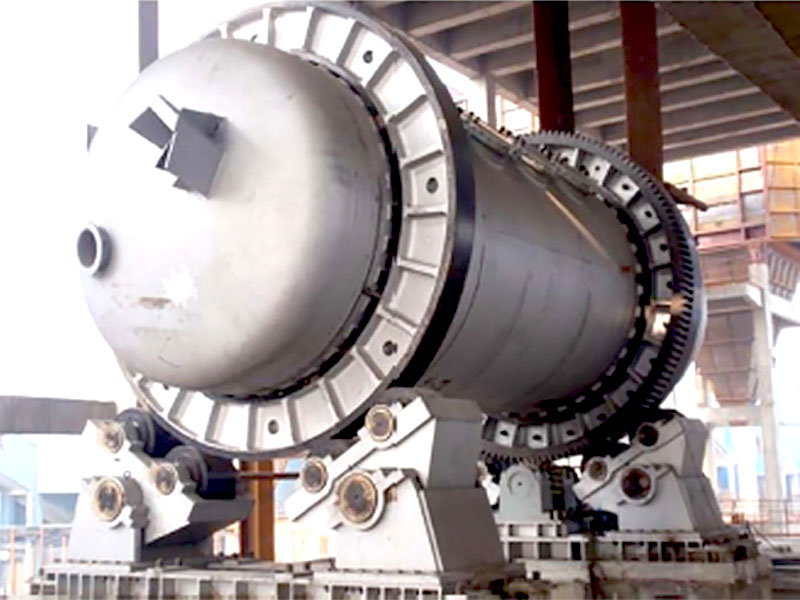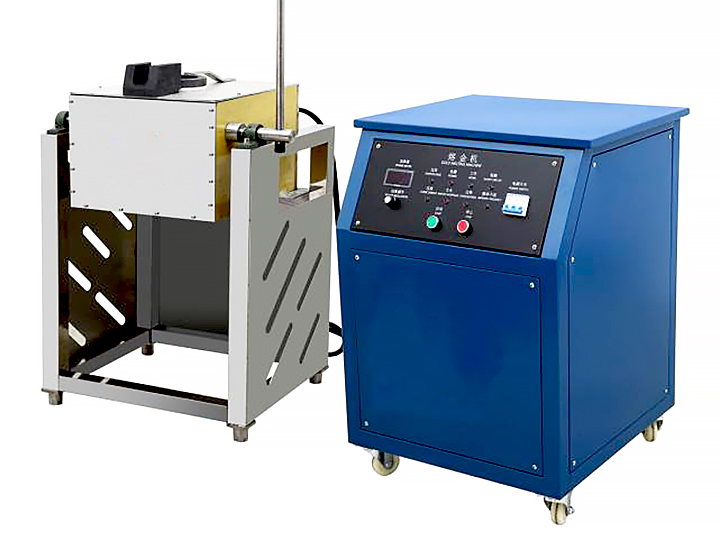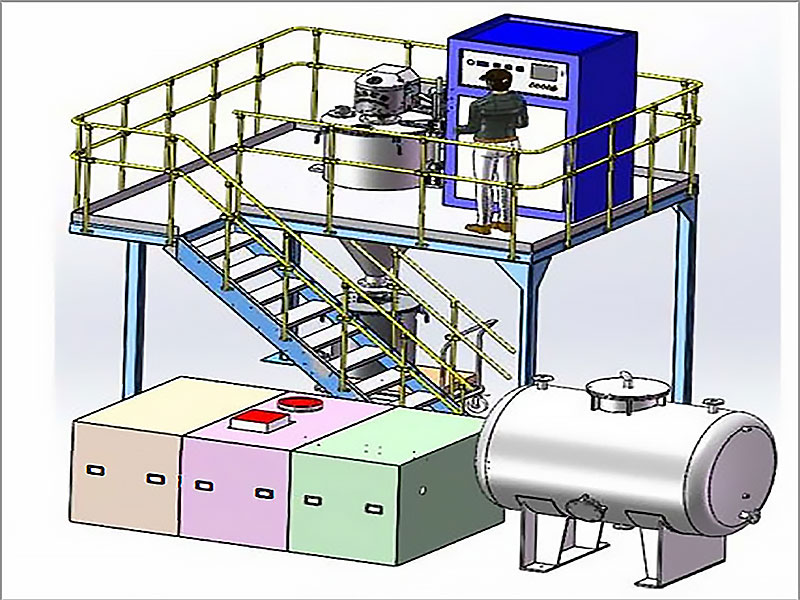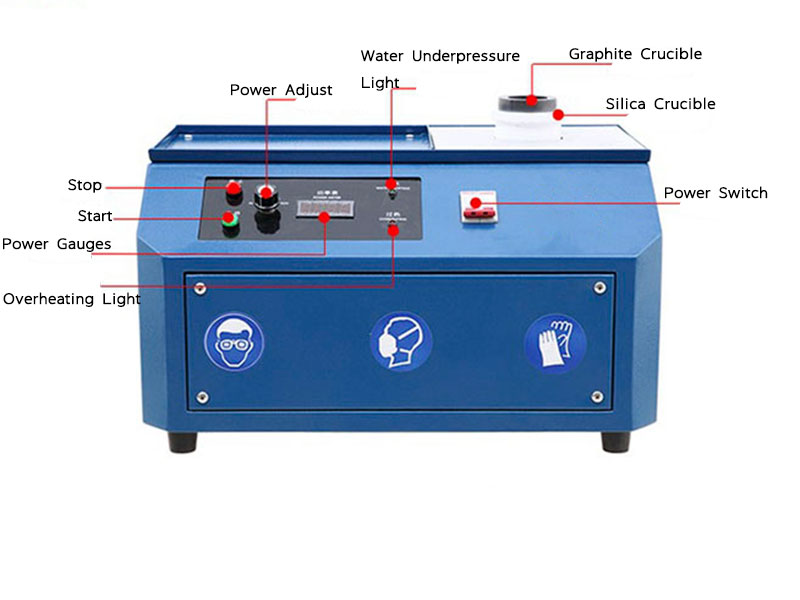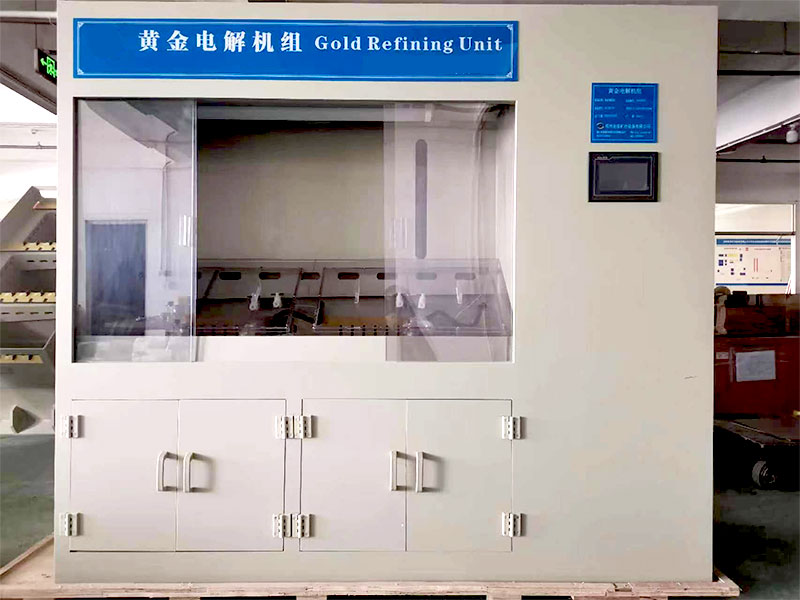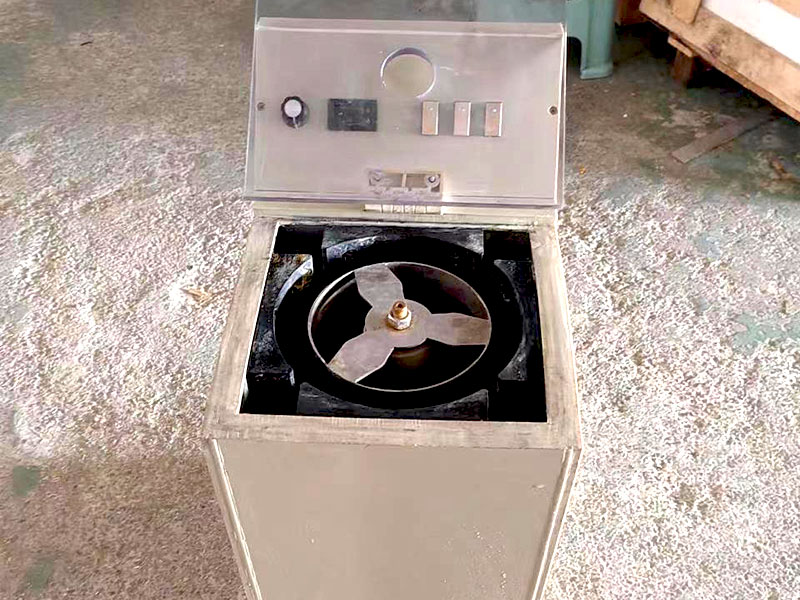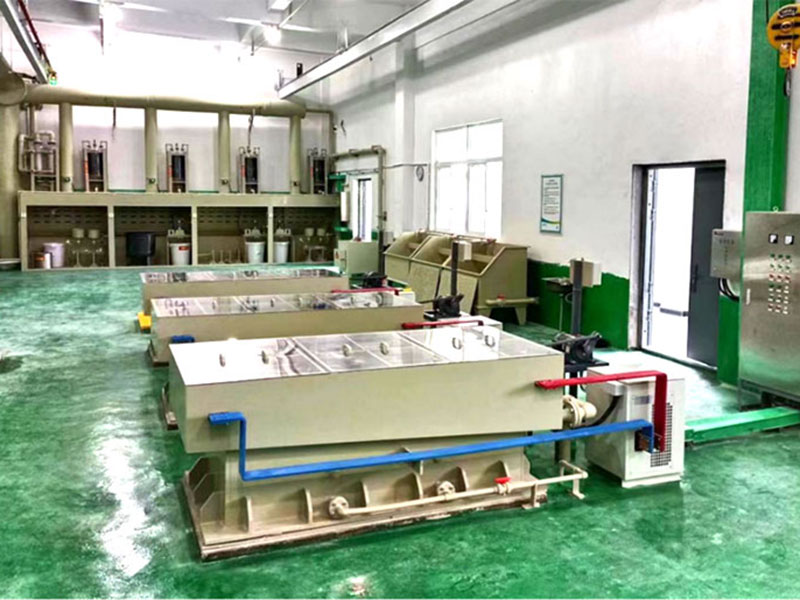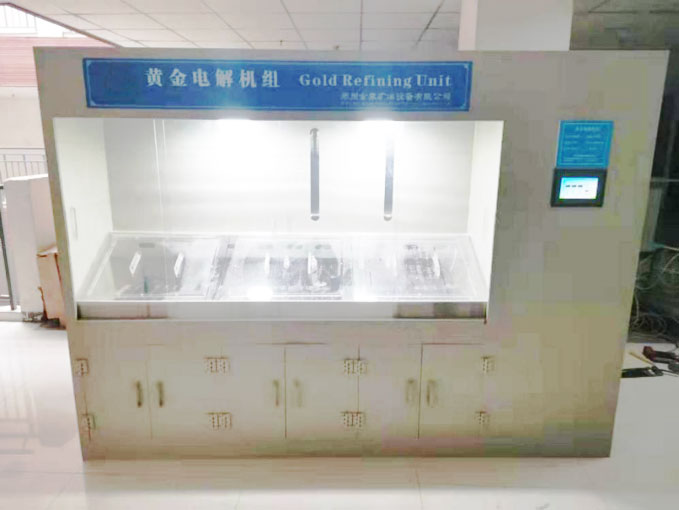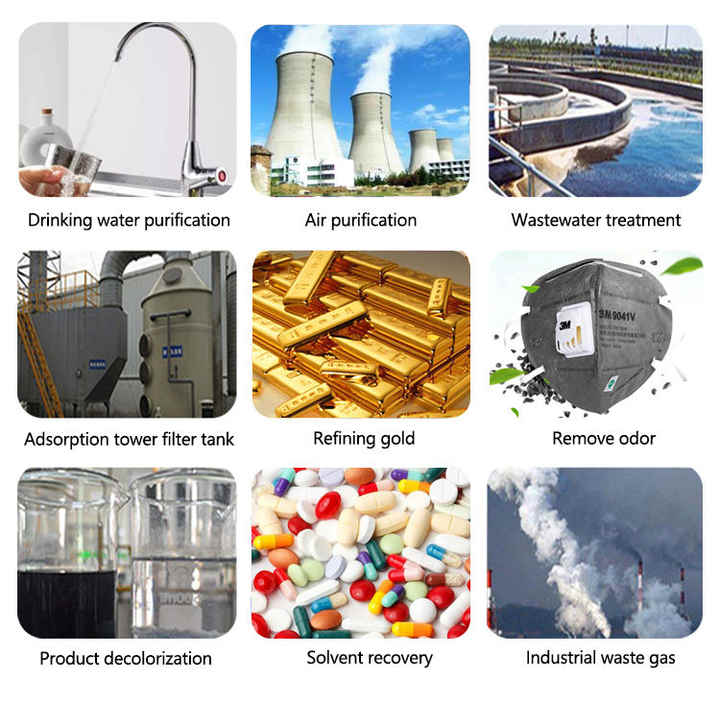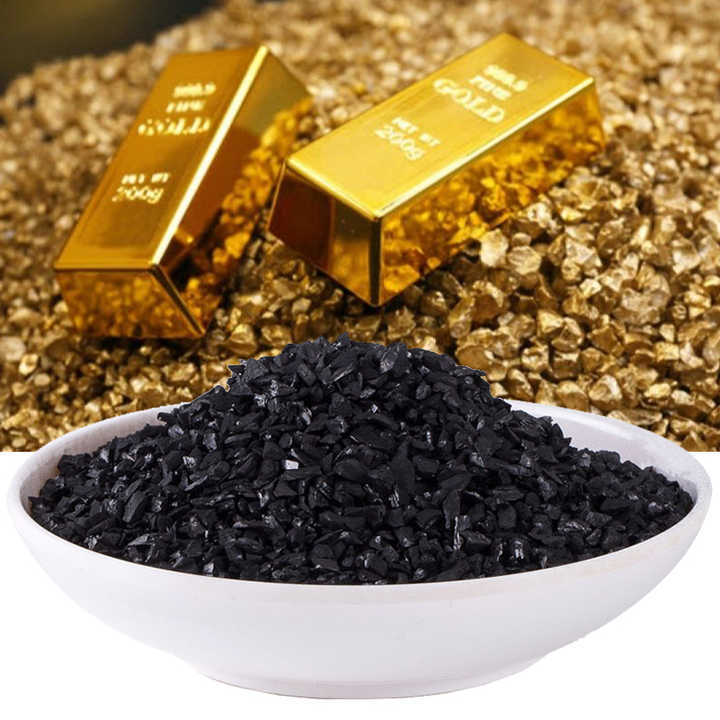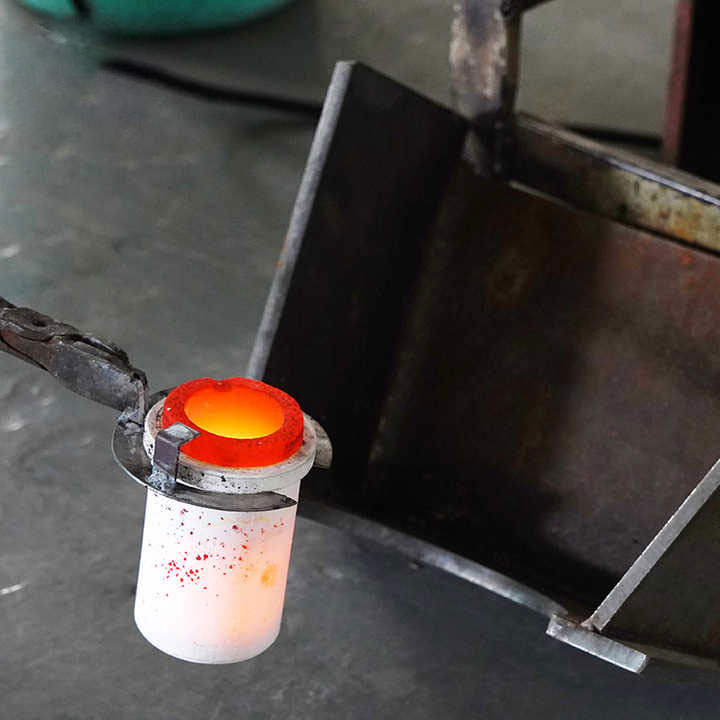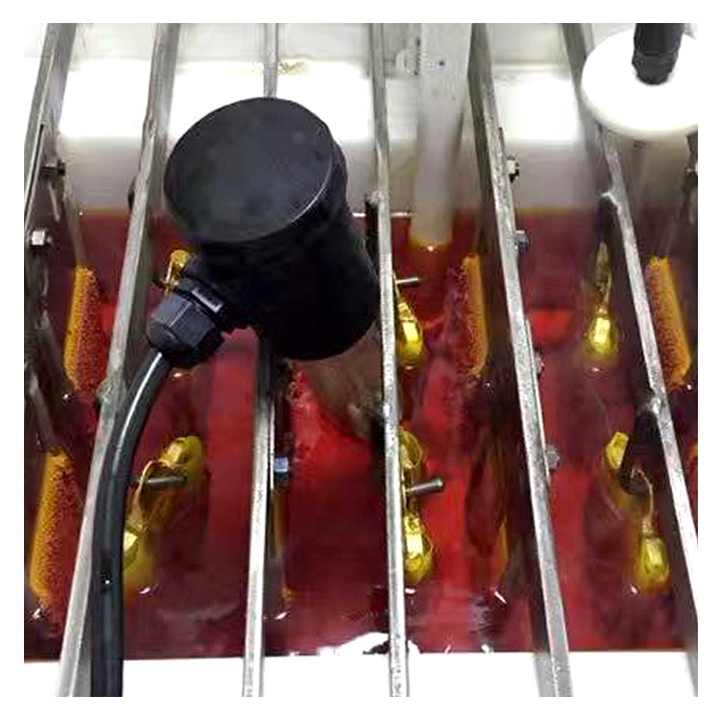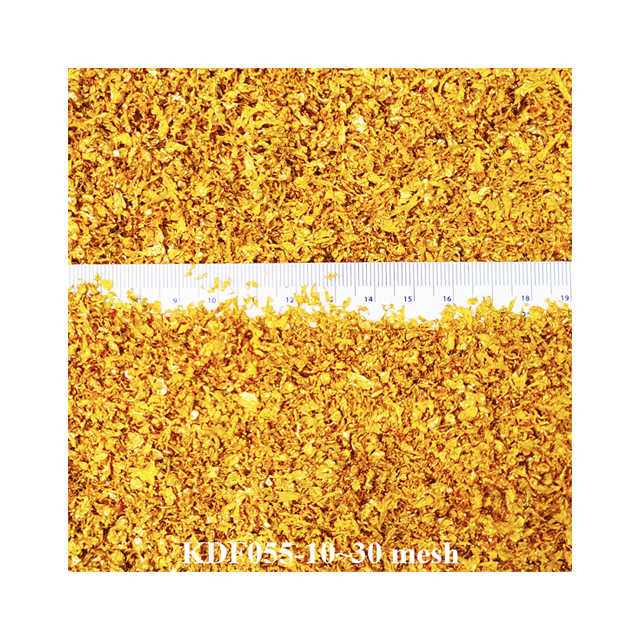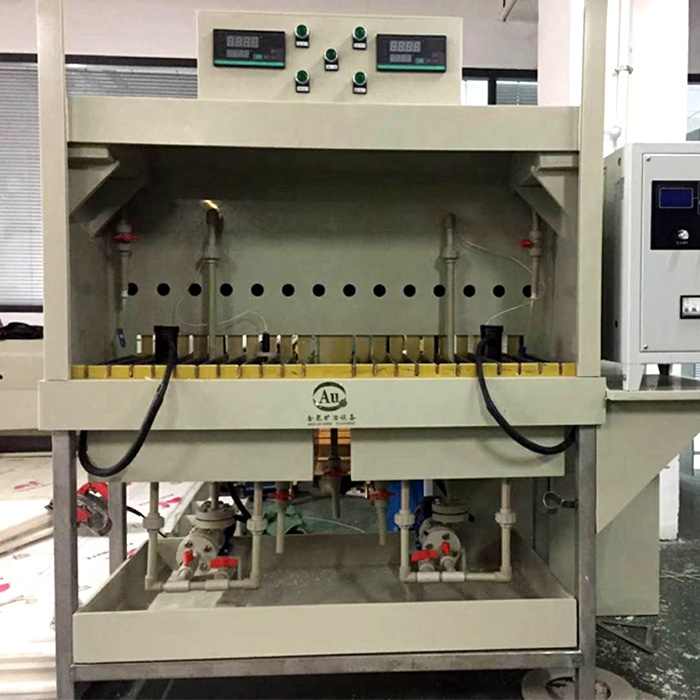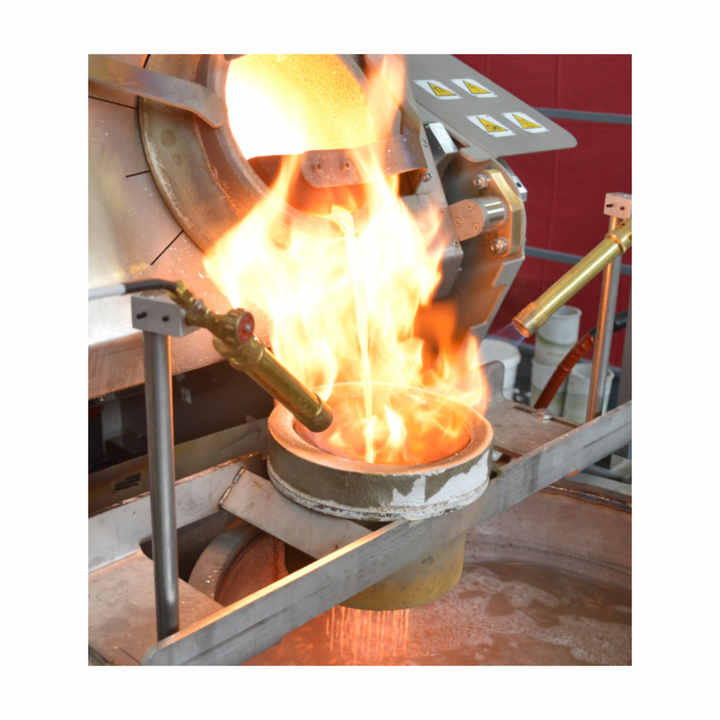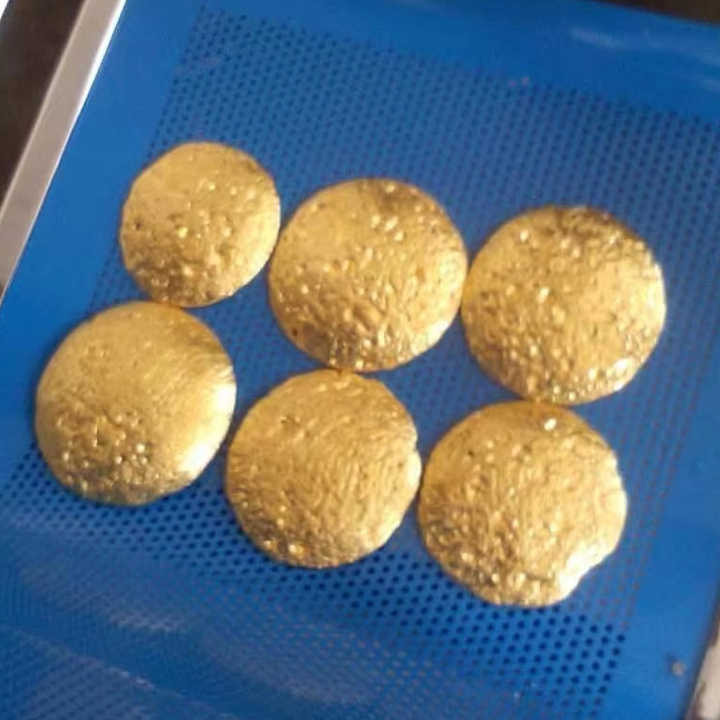purification of gold nanoparticles
Purification of Gold Nanoparticles: Essential Techniques and Methods
Gold nanoparticles (AuNPs) have gained significant attention in various fields such as biomedicine, catalysis, and materials science due to their unique optical, electrical, and chemical properties. However, for gold nanoparticles to be effective in any application, their purity is crucial. Contaminants or by-products from the synthesis process can interfere with their functionality, making the purification of gold nanoparticles an essential step in nanoparticle production. In this article, we will discuss the importance of gold nanoparticle purification and the various techniques available to achieve high purity levels.
Why Purification of Gold Nanoparticles is Essential
During the synthesis of gold nanoparticles, impurities such as unreacted chemicals, stabilizing agents, and other by-products can be left behind. These impurities can negatively affect the behavior and performance of the nanoparticles in their intended applications. For example, in biomedical applications, the presence of contaminants could induce toxicity or immune responses, while in catalysis, impurities could reduce the efficiency of reactions.
Purifying gold nanoparticles ensures that their surface chemistry remains well-defined and consistent. It also enables precise control over size distribution and avoids aggregation, all of which are critical for maintaining their unique properties. High-purity nanoparticles are essential for reproducibility in experiments and applications.
Methods of Gold Nanoparticle Purification
1. Centrifugation
Centrifugation is one of the most commonly used methods for the purification of gold nanoparticles. This technique relies on the different sedimentation rates of particles based on their size and mass. By spinning the nanoparticles at high speeds, heavier impurities can be separated from the gold nanoparticles.
- Process: The sample containing the gold nanoparticles is placed in a centrifuge and spun at a specified speed. The larger particles or impurities settle at the bottom, while the gold nanoparticles remain suspended in the solution. The supernatant containing the purified nanoparticles can then be collected.
- Advantages: Centrifugation is simple and efficient, making it a widely used method for purification, especially when precise size control is required.
2. Dialysis
Dialysis is another effective technique used for purification of gold nanoparticles. This method is particularly useful for removing small molecules such as unreacted chemicals, stabilizing agents, and salts.
- Process: The nanoparticle solution is placed inside a dialysis membrane, which is submerged in a solvent such as water. The pores of the membrane allow small contaminants to pass through while retaining the gold nanoparticles.
- Advantages: Dialysis is a gentle purification method that does not expose the nanoparticles to high forces, preserving their structural integrity. It is particularly effective in purifying nanoparticles from salts and small organic molecules.
3. Gel Filtration Chromatography
Gel filtration chromatography, also known as size-exclusion chromatography, is a technique that separates particles based on their size.
- Process: The gold nanoparticle solution is passed through a column filled with a porous gel. The larger gold nanoparticles are eluted first, while smaller impurities take longer to pass through the gel.
- Advantages: This method offers high resolution and can effectively separate gold nanoparticles from smaller contaminants. It is widely used in biological applications due to its compatibility with aqueous solutions.
4. Ultrafiltration
Ultrafiltration uses membranes with specific pore sizes to filter out impurities from the gold nanoparticle solution.
- Process: The solution is forced through a membrane with a defined molecular weight cutoff. Molecules smaller than the pore size pass through, while the larger gold nanoparticles are retained.
- Advantages: Ultrafiltration is a fast and efficient method for purifying gold nanoparticles and is especially useful for concentrating the nanoparticle solution.
5. Electrophoresis
Electrophoresis is a purification technique that separates particles based on their charge and size by applying an electric field.
- Process: The gold nanoparticle solution is placed in a gel matrix, and an electric field is applied. The particles move through the gel according to their size and charge, allowing for separation of impurities from the nanoparticles.
- Advantages: This method is useful for separating charged contaminants and ensuring the uniformity of surface charge on gold nanoparticles.
Challenges in Gold Nanoparticle Purification
While there are several methods available for purification of gold nanoparticles, each method comes with its own set of challenges. Some of these challenges include:
- Size control: Ensuring that the nanoparticles remain monodisperse, or uniform in size, during purification can be difficult, particularly when centrifugation is used. Agglomeration or loss of smaller nanoparticles can occur if care is not taken.
- Yield: In some purification techniques, a significant amount of the nanoparticle product may be lost, reducing the overall yield.
- Surface functionality: Many purification methods can remove surface ligands or stabilizing agents, which are crucial for preventing nanoparticle aggregation and maintaining their desired properties.
Despite these challenges, advancements in purification techniques continue to improve the efficiency and effectiveness of nanoparticle production.
The purification of gold nanoparticles is a critical step that ensures their functionality and performance in various applications. Different purification techniques, such as centrifugation, dialysis, and gel filtration chromatography, offer effective solutions for removing contaminants and achieving high levels of purity. While each method has its own advantages and limitations, selecting the appropriate purification technique depends on the specific needs of the nanoparticle synthesis and its intended use.
With the right purification strategy, gold nanoparticles can be refined to a level that ensures their unique properties are fully realized in both scientific research and industrial applications.

